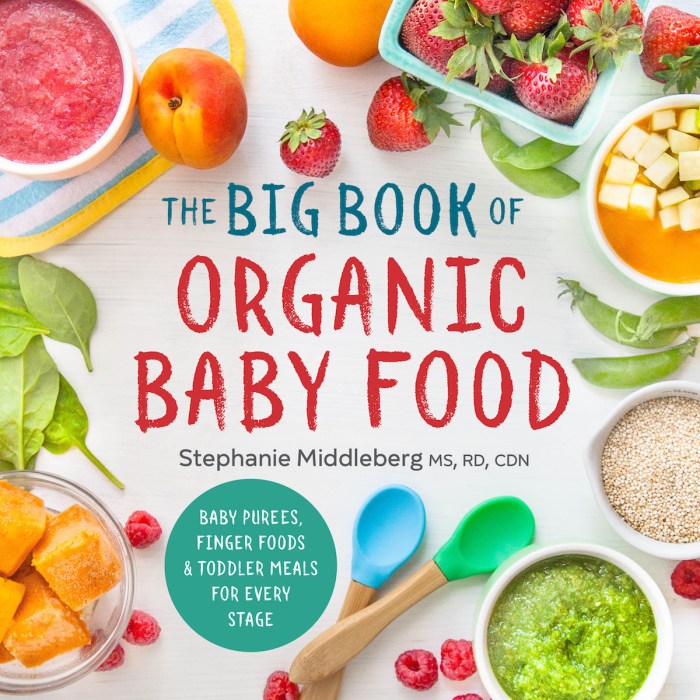Not to be the grinch who stole, er, candy from kids on Halloween, but every year when the sweet tooth-forward holiday comes along, parents are concerned about how to curb their little monsters’ sugar intake. The key is moderation, communication, and finding healthier sweets to swap in for the standard culprits. Here are a few ways to ensure a fun and safe indulgence this year:
Setting limits
Stephanie Middleberg, founder of Middleberg Nutrition and author of The Big Organic Baby Book, says the key is to set limits and expectations for your kids before Halloween. “If you try to set limits while they are going through their proudly earned treats, then there is potential for a major meltdown,” she says. To curb bingeing, ensure your kid has a healthy dinner on Halloween night, with plenty of protein, veggies and healthy fat. “I know how I am when I grocery shop hungry,” she adds.
If you can, limit your kids to two treats the day of, and then one to two daily for the next couple weeks, she says. “That way they can pick out eight to ten treats and save those.”
Keri Glassman, a dietician and the founder of the Nutritious Life, says it’s all about moderation. “A few (three) Hershey’s kisses with almonds are a good choice (70 calories, four grams of fat),” she writes. On her blog, she terms it a “conscious indulgence”: essentially, controlled decadence. As for real food (2awnon-candy) that combines nutritious choices and satisfies your sweet tooth on Halloween night, she suggests Jackson Pollock apples — spattered with chocolate — and popcorn mixed with dried apricots, peanuts and “a sprinkle of the junk”: candy corn and black and orange M&Ms. Kayleen St. John, the director of nutrition at wellness companyEuphebe, suggests dark chocolate covered bananas made by freezing half a banana in a popsicle stick, dipping in melted chocolate, and then refreezing. Instead of Reese’s peanut butter cups…
Both Middleberg and Glassman suggest subbing in an organic chocolate peanut butter cup option. While Justin’s nut butter cups and Theo peanut butter cups both contain the same amount of sugar per serving as classic Reese’s, (about 8 grams per peanut butter cup), they are made of all organic and Fair Trade ingredients. St. John stresses that while organic, they should still be viewed as treats, in the same way that “a gluten-free cookie is still a cookie.” Following that logic, the rule of moderation still applies. For those with peanut allergies, Middleberg suggests Sun Cups, which use roasted sunflower seed butter. Healthier chocolate bars
Zing makes 100 calorie mini bars that are Fair Trade, vegan and gluten free. With flavors ranging from dark chocolate coconut (for when you’re craving a Mounds bar) to dark chocolate mint (a stand-in for peppermint patties), to dark chocolate peanut butter, which also combines whey powder for a protein boost, there’s no shortage of tempting varieties. The mini-bars come in packs of eight, making them easy to distribute among a pack of kiddos. Theo, a Seattle-based bean to bar chocolate company, makes chocolate bars that combine healthful ingredients such as fruit, nut and grains. Try the Kids’ Crunch, which combines dark chocolate, almond and puffed quinoa for a sweet and crispy treat that’s also good for you. Watch out for sugar the rest of the year
According to an August statement from the American Heart Association, children from the ages of two to eighteen shouldn’t consume more than 25 grams (or six teaspoons) of added sugar a day. “Added sugar” refers to any sugars or sweeteners not occurring naturally, as in fruit — think candy, cereals, sodas. To give you perspective, there are 33 grams of sugar in one twelve-ounce can of Coca Cola. Talk about scary.
The amount of sugar consumed each year is scarier than any creepy clown costume: according to a 2013 infographic from data and content marketing platform Visual.ly, the average trick-or-treater consumes about three cups worth of sugar, equivalent to 220 sugar packets.
How to have a healthier Halloween for your kids this year

ISTOCK


















